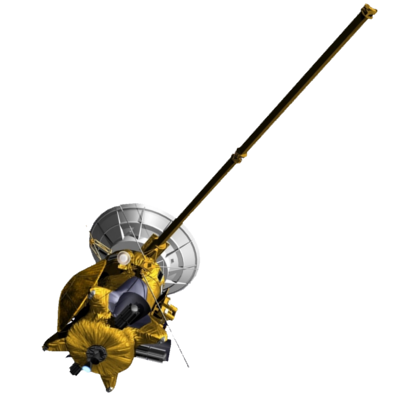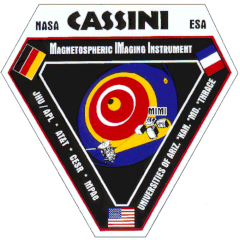Cassini MIMI Investigation at Fundamental Technologies
Historical MIMI Memos and Notes
Charge-Energy-Mass Spectrometer (CHEMS)
D. C. Hamilton, Univ. of Maryland, MIMI team meeting, October 1994
Solid State Detectors Performance Valuvatin Tests Report II (continued)
George Ho, Univ. of Maryland, 9-7-94

The following information substitutes for 5 indistinct figures.
Figure 7: Pulse-height spectrum for the Canberra detector for 200 keV Ar+ at normal incidence. The y-axis shows the counts for 60 seconds, and the x-axis shows the measured energy. The main peak energy and its FWHM are given in the upper left corner in the figure (main peak: 139.3 keV; FWHM: 50 keV). Date: 8-31-94.
Figure 8: Pulse-height spectrum for theCanberra detector for 200 keV Ar+ at 1º incidence. Main peak: 130.1 keV; FWHM: 45 keV. Date: 8-31-94.
Figure 9: Pulse-height spectrum for the Canberra detector for 200 keV Ar+ at 2º incidence. Main peak: 122.2 keV; FWHM: 38 keV. Date: 8-31-94.
Figure 10: Pulse-height spectrum for the Canberra detector for 200 keV Ar+ at 4º incidence. Main peak: 117.9 keV; FWHM: 40 keV. Date: 8-31-94.
Figure 11: Pulse-height spectrum for the Canberra detector for 200 keV Ar+ at 8º incidence. Main peak: 118.1 keV; FWHM: 35 keV. Date: 8-31-94.
Return to Historical MIMI Notes and Memos main page.
Return to Cassini
MIMI table of contents page.
Return to Fundamental
Technologies Home Page.
Updated 8/8/19, Cameron Crane
QUICK FACTS
Mission Duration: The Cassini-Huygens mission launched on October 15 1997, and ended on September 15 2017.
Destination: Cassini's destination was Saturn and its moons. The destination of the Huygens Probe's was Saturn's moon Titan.
Orbit: Cassini orbited Saturn for 13 years before diving between its rings and colliding with the planet on September 15th, 2017.



